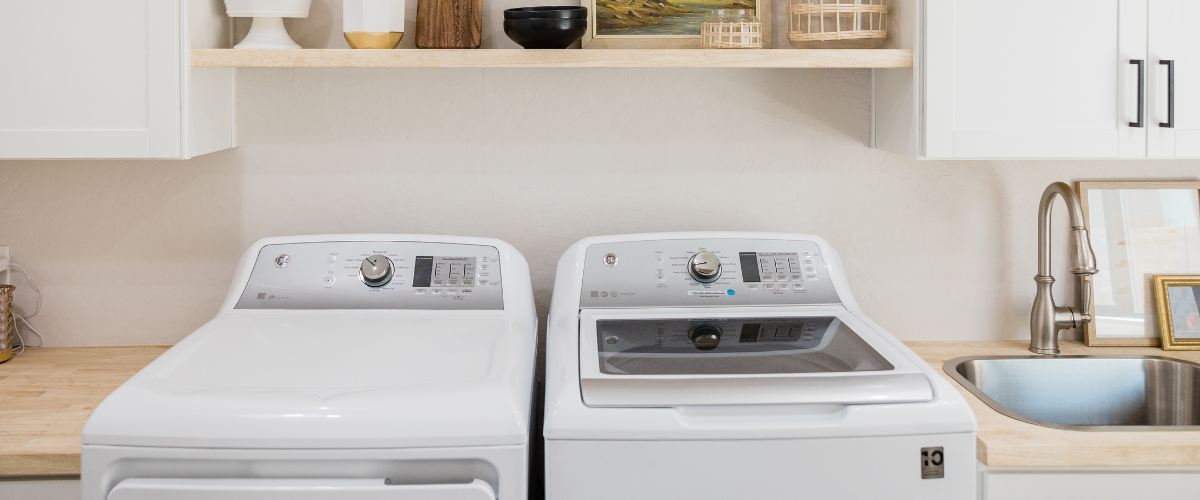Spring often brings some showers (and flowers) and a nice thaw to our barns. It also is a great opportunity for growth – plants, bugs, and other things can flourish in a warm and welcoming environment. This is a good time to get your equipment up and outside and take a hard look at the condition of your tools. Yes, a deep “Spring Cleaning” is great, but Spring is also a good time to reconsider and maybe modify your regular routine to protect and extend the life of your leather goods.
A solid preventative maintenance routine can help you keep your gear in tip top shape. For leather that means you can extend its useful life and keep it durable, flexible and unbroken. You can also ward off “evils” of mold and mildew. Horse sweat and a barn environment can degrade equipment and foster fungi to flourish!
Schedule something.
Most tack – leather – is essentially skin. Like your own epidermis it can be impaired by sweat and dirt and basically be harmed by abrasions and general dryness. The natural pH balance of the leather is taken into account in leather care formulations. So, just like your morning and evening face wash, you can benefit by setting up a schedule for your leather cleansing routine. Many folks seem to work around at least a once weekly gentle clean and a once monthly deep dive or spa type treatment (like a Balsam or conditioner).
Inspection.
A regular visual inspection is a must to identify signs of wear and places that may need a little extra love (meaning leather treatment). Review all areas for signs of rubbing, cracking, splitting, sweat accumulation, rough edges, stretching, discoloration or deep indentations (here’s looking at your stirrup leathers!). And mold. Yep, look for mold. You also want to take a peek at all non-leather parts including stitching and hardware to see that they are operating safely (solidly attached and no sharp edges).
Clean and Condition.
The basic concept for leather cleaning is to first get the obvious dirt off. This may be done by using a soft cloth or baby soft brush. Now you can use your cleaner of choice without rubbing surface dirt deeper into the leather. Use a barely damp sponge/soft cloth with your saddle soap of choice. Most manufacturers recommend using a circling motion to help lift the grime to the surface. Follow that with a gentle wipe to remove excess soap and water to help prevent the leather from drying out over time. A leather conditioner is essentially a treatment for clean, dry leather and will help add moisture and may even have some level of water repellant and other protective agents. A few of us are still working on solving the “how do I condition my saddle without getting a brown butt”, so after a deep condition you may want to ride a bit in darker colored breeches.
There are many options for tack care products and some saddle makers even have their own branded items. Note that the saddle soap that you choose is probably meant for….your saddle. Your boots may fare better with a product made for their leather and finish. For the actual process, old t-shirts or soft rags, and even paintbrushes can help you get into different spaces.
Non leather pieces of tack like stirrup pads, buckles, bits, and boot zippers also function better after a little scrubbing. Remove cakey stuff from your stirrup pads with a toothbrush. A small dab of one-step metal polish can help buckles flow more freely (and look sharp!). Bits can be soaked to soften any errant oats that are hard packed on – best to make sure that there are no old alfalfa edges crusted into a sharp edge rubbing on your horse’s mouth. For boot zippers, consider brushing them out with a toothbrush and adding a lubricant to ensure that they glide.
Rubber reins and other rubber parts can get sticky and even start to disintegrate when brought into contact with leather conditioners. Avoid oils and soaps for your rubber pieces and clean them off with water. Remember that topical treatments like fly spray and grooming products may rub off onto your rubber reins so consider wiping them down after every ride.
The Life of Your Leather.
While many of us enjoy shopping, a regular protocol of leather and tack care will let us buy new stuff when we want to, instead of when we have to.
NOTE in moister climates mold is a big deal – it is alive and can grow and essentially eat your leather and stitching. Mold can also spread and contaminate other adjacent items. IF you find that you have mold use separate cloths for cleaning. Go slow. There are a lot of thoughts out there about what to use to clean out mold – Castile, Ivory Soap, diluted Ammonia, you don’t want to cause damage, just stop the spread. Consider letting moldy item dry out significantly before applying conditioner so you don’t rub mold on the affected areas in deeper. Avoid mold by keeping your leather out of the darkest, dankest environments. Dehumidifying agents can help keep a tack room “drier”.




